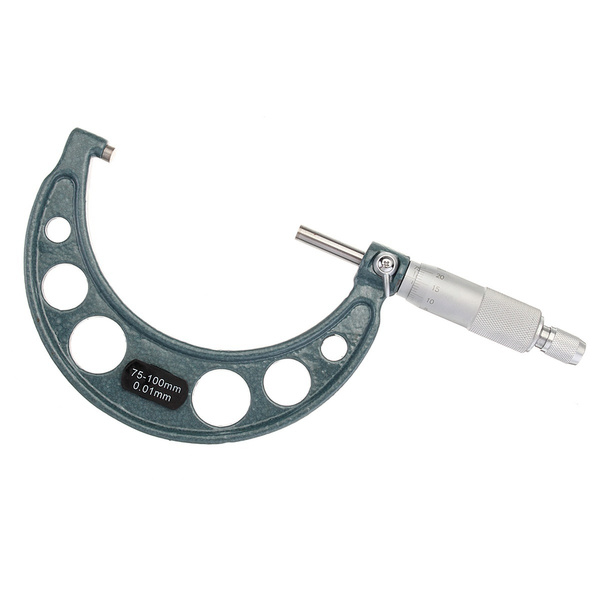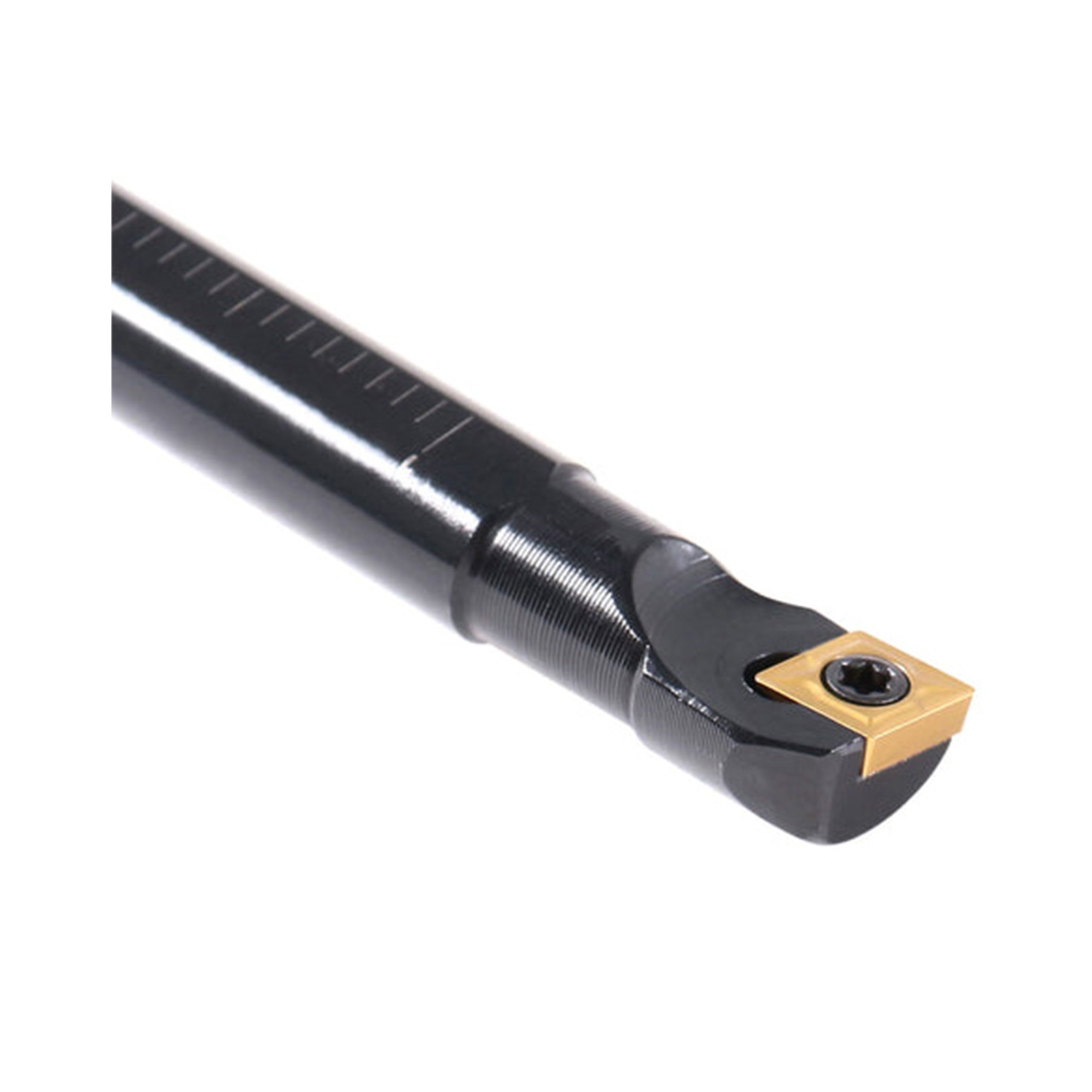dial calipers Supplier
Dial calipers are precision measuring instruments used to determine the distance between two opposing sides of an object. They are known for their ease of use and accuracy, making them a popular choice in various industries like machining, woodworking, and quality control. Choosing the right dial calipers requires understanding their features, types, and applications. Wayleading Tools provides a variety of high-quality measuring tools like digital calipers, micrometers, and of course, dial calipers, ensuring professionals have reliable options for their specific needs.
Understanding Dial Calipers
What are Dial Calipers?
Dial calipers are measuring tools that provide direct readings via a dial indicator. Unlike vernier calipers, which require interpolation, dial calipers offer a clear, easy-to-read display, reducing the chance of errors. The dial is connected to a rack and pinion mechanism that translates the jaw movement into a rotary motion of the dial indicator. This direct reading capability is one of the key advantages of dial calipers.
Key Features of Dial Calipers
When selecting dial calipers, consider these crucial features:
- Measuring Range: Determines the maximum distance the calipers can measure. Common ranges include 6-inch, 8-inch, and 12-inch models.
- Accuracy: Indicates the precision of the measurements. Look for calipers with an accuracy of ±0.001 inch or better.
- Resolution: The smallest increment the calipers can display. Common resolutions are 0.001 inch or 0.02 mm.
- Material: Stainless steel is the preferred material for its durability and resistance to corrosion.
- Dial Rotation: Indicates how much the needle rotates to represent a specific length.
- Locking Screw: Allows you to fix the measurement for easy reading or transferring.
Types of Dial Calipers
While the basic principle remains the same, dial calipers come in different types based on their intended use:
Standard Dial Calipers
The most common type, used for general-purpose measurements of outside dimensions, inside dimensions, and depth. These are versatile tools suitable for a wide range of applications.
Pointed Jaw Dial Calipers
Designed for measuring grooves and recesses, the pointed jaws can access tight spaces that standard jaws cannot.
Gear Tooth Dial Calipers
Specifically designed for measuring the chordal thickness of gear teeth, these calipers feature specialized jaws and scales.
Long Jaw Dial Calipers
Have longer jaws for measuring thicker or larger workpieces. Ideal for applications where a greater reach is required.
Applications of Dial Calipers
Dial calipers are used across various industries due to their versatility and accuracy:
- Machining: Measuring parts during manufacturing to ensure they meet specifications.
- Woodworking: Determining the dimensions of wood pieces for precise cuts and joinery.
- Quality Control: Inspecting manufactured parts to verify their dimensions and tolerances.
- Automotive Repair: Measuring brake rotors, calipers, and other components.
- Jewelry Making: Measuring gemstones and metal pieces for accurate sizing and fitting.
How to Use Dial Calipers
Using dial calipers effectively requires understanding the different parts and their functions:
- Loosen the locking screw: Ensure the jaws can move freely.
- Zero the calipers: Close the jaws completely and adjust the dial until it reads zero.
- Place the object between the jaws: Ensure the object is firmly held between the jaws.
- Read the measurement: The main scale indicates the whole inch or millimeter, while the dial shows the fractional part.
- Tighten the locking screw: Secure the measurement before removing the calipers.
Choosing the Right Dial Calipers Supplier
Selecting a reliable dial calipers supplier is crucial for ensuring quality and accuracy. Here are some factors to consider:
- Reputation: Choose a supplier with a proven track record of providing high-quality measuring tools.
- Product Range: Ensure the supplier offers a variety of dial calipers to meet your specific needs.
- Accuracy and Certification: Look for calipers with traceable accuracy and certification.
- Customer Support: Opt for a supplier that offers excellent customer service and technical support.
- Warranty: Check the warranty period and coverage to protect your investment.
Wayleading Tools, located at [Hypothetical Address], is a trusted supplier of high-quality measuring tools, including a wide range of dial calipers. We offer products designed for precision and durability. Our knowledgeable team can assist you in finding the perfect dial calipers for your application. You can visit our website to explore our range of dial calipers: www.wayleading.com.
Maintenance and Care
Proper maintenance is essential for preserving the accuracy and lifespan of your dial calipers:
- Clean the calipers regularly: Use a clean, dry cloth to remove dirt and debris.
- Lubricate the moving parts: Apply a light machine oil to the rack and pinion mechanism.
- Store the calipers properly: Keep them in a protective case to prevent damage.
- Avoid dropping the calipers: Impact can damage the delicate mechanisms.
- Calibrate the calipers periodically: Check the accuracy of the calipers and recalibrate if necessary.
Troubleshooting Common Issues
Even with proper care, you may encounter some issues with your dial calipers:
- Inaccurate readings: Check for dirt or debris on the jaws or rack. Recalibrate the calipers.
- Stiff movement: Lubricate the moving parts.
- Damaged dial: Replace the dial if it is cracked or broken.
Dial Calipers vs. Digital Calipers
While both dial calipers and digital calipers serve the same purpose, they have distinct advantages and disadvantages:
| Feature | Dial Calipers | Digital Calipers |
|---|---|---|
| Readability | Easy to read, direct analog reading. | Easy to read, digital display. |
| Accuracy | Generally accurate, but prone to parallax errors. | High accuracy, eliminates parallax errors. |
| Durability | Robust and less susceptible to electronic failures. | More susceptible to damage from drops and electronic failures. |
| Features | Simpler design. | May include features like zero setting, unit conversion, and data output. |
| Battery | No batteries required. | Requires batteries. |
Conclusion
Dial calipers are essential tools for anyone requiring accurate measurements. By understanding their features, types, and applications, you can choose the right dial calipers for your needs. Remember to select a reputable dial calipers supplier like Wayleading Tools for high-quality products and excellent customer support.
Disclaimer: The information provided in this article is for general guidance only. Always refer to the manufacturer's instructions for specific product information and safety precautions.
Data source: Mitutoyo Calipers Catalog.
Related products
Related products
Best selling products
Best selling products-
 Dial Depth Gauge With Stainless Steel For Industrial Type
Dial Depth Gauge With Stainless Steel For Industrial Type -
 Precision Dial Test Indicator Gage For Industrial
Precision Dial Test Indicator Gage For Industrial -
 Precision V Block And Clamps Set With High Quality Type
Precision V Block And Clamps Set With High Quality Type -
 Wedge Type Quick Change Tool Post Set In lathe Machine
Wedge Type Quick Change Tool Post Set In lathe Machine -
 ER Collet Set With Hight Precision Milling
ER Collet Set With Hight Precision Milling -
 Metric HSS Annular Cutters With Weldon Shank For Metal Cutting
Metric HSS Annular Cutters With Weldon Shank For Metal Cutting -
 Double-beam Digital Gauge With Digital Counter
Double-beam Digital Gauge With Digital Counter -
 Outside Micrometer Of Premium Industrial Inch & Metric With Rachet Stop
Outside Micrometer Of Premium Industrial Inch & Metric With Rachet Stop -
 Type J-60 Degree Cone Tungsten Carbide Rotary Burr
Type J-60 Degree Cone Tungsten Carbide Rotary Burr -
 Precision Digital Caliper Of Metal Case For Industrial
Precision Digital Caliper Of Metal Case For Industrial -
 M51 Bi-Metal Bandsaw Blades For Industrial Type
M51 Bi-Metal Bandsaw Blades For Industrial Type -
 HSS Inch Plain Metal Slitting Saws For Industrial
HSS Inch Plain Metal Slitting Saws For Industrial











